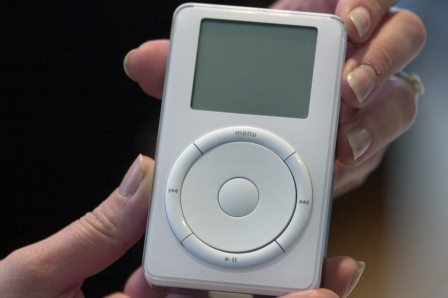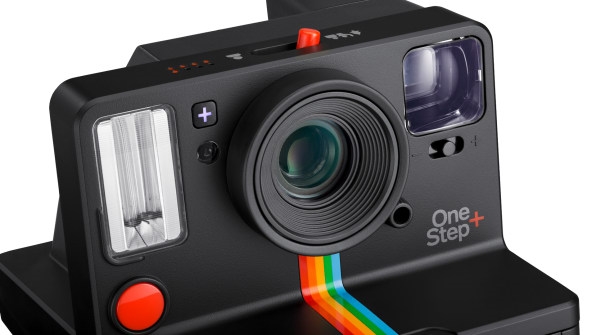3 Gadgets Killed by the Smartphone in the Last Decade
3 Gadgets Killed by the Smartphone in the Last Decade
Evolution usually means the survival of the fittest – and this concept can be applied not only to the ecosystem but to technology, too. We’ve seen many examples of evolutionary jumps and extinctions over the years – like when CPU makers AMD and Intel killed the desktop processor manufacturer Cyrix, and Nvidia and ATI (AMD) killing off pretty much all of their competitors. The same is true for smartphones. And we’re not talking about the disappearance of feature phones (those are still alive and well) and the competing mobile platforms killed by Android and iOS. We’re talking about entire categories and gadgets that were pushed to the brink of extinction by the ever-improving pocket-sized computer we all know and love – like the examples below.
The GPS navigation device
The first commercial GPS navigation devices emerged in the late 1980s and the early 1990s, slowly becoming a staple for anyone hiking or driving through an unfamiliar area. Many cars manufactured around this time used built-in GPS devices as one of their selling points. Later, smaller and cheaper devices built by familiar brands like Garmin, TomTom, Mio, and many others emerged, along with many third-party manufacturers providing their customers with dirt cheap devices that they could install third-party maps on. It was all fun and games until the smartphone came with its built-in GPS receiver. Today, every single smartphone comes with one built into it and dedicated navigation apps like Waze, iGo, and such, make it easy to find one’s way across the land. When so many people are capable of finding their way around and to uncover hidden secrets on Google Maps, using a dedicated navigation device has become obsolete.
The pocket media player
Sony’s Walkman started a trend that was followed by pretty much anyone capable of manufacturing a cassette player. Then the Discman came, capable of playing audio CDs, shortly followed by one that could play Mp3 music from a data disk. And Mp3 continued to thrive, giving birth to a vast variety of music – and later video – player devices that could fit into one’s pocket, with perhaps the best-known of them all being Apple’s iPod. But the iPod itself couldn’t compete with a device capable of playing music and so much more: the smartphone. Apple has manufactured iPods for more than a decade – today, its own creation (the iPhone) ended its reign. Today, the only iPod produced by Apple is the iPod Touch, currently in its sixth generation released in 2015.

iPod marks its 15th birthday in a changed world | DeviceDaily.com
The compact digital camera
Digital cameras have replaced their film-based ancestors ages ago – and it seems their time has come, too. The first hint at their demise was the launch of the first camera phone, but for a long time, phone cameras were simply too low-quality to make a difference. Later, in turn, phone cameras have become more and more advanced – and compact cameras seem to have failed to keep up with this fast evolution. Today, we have smartphones with double and triple cameras, even five, not to mention the smartphones with thermal cameras, capable of snapping amazing pictures. This leaves pretty much no room for the compact digital camera – most manufacturers have felt this, and have shifted their focus to semi-professional and professional cameras. Compact camera sales have declined from almost 100 million units in 2010 to barely 15 million last year, and this decline will continue thanks to the increasingly high-quality cameras built into smartphones – devices that we always carry around with us anyway.

After 41 years, Polaroid’s beloved OneStep goes (slightly) digital | DeviceDaily.com
Finally
Disruption in the industry does not take permission to change industry. For example, Kodak didn’t learnt the lesson early, they started to take new position in the market only after bankruptcy battle. Our expectations that the changes taking place in the global market by social media evolution, will impact revolutionary change driven by privacy concerns and people privacy respect.
(43)



